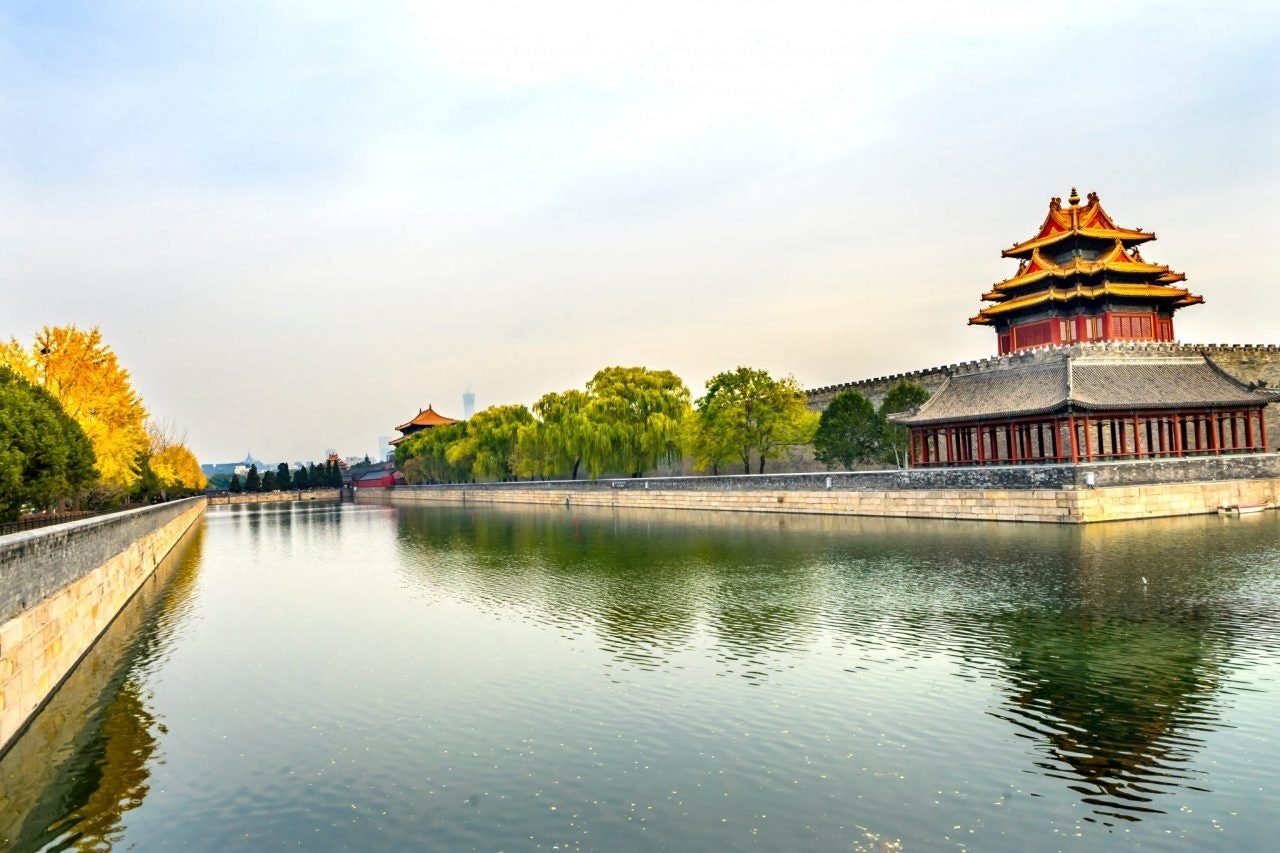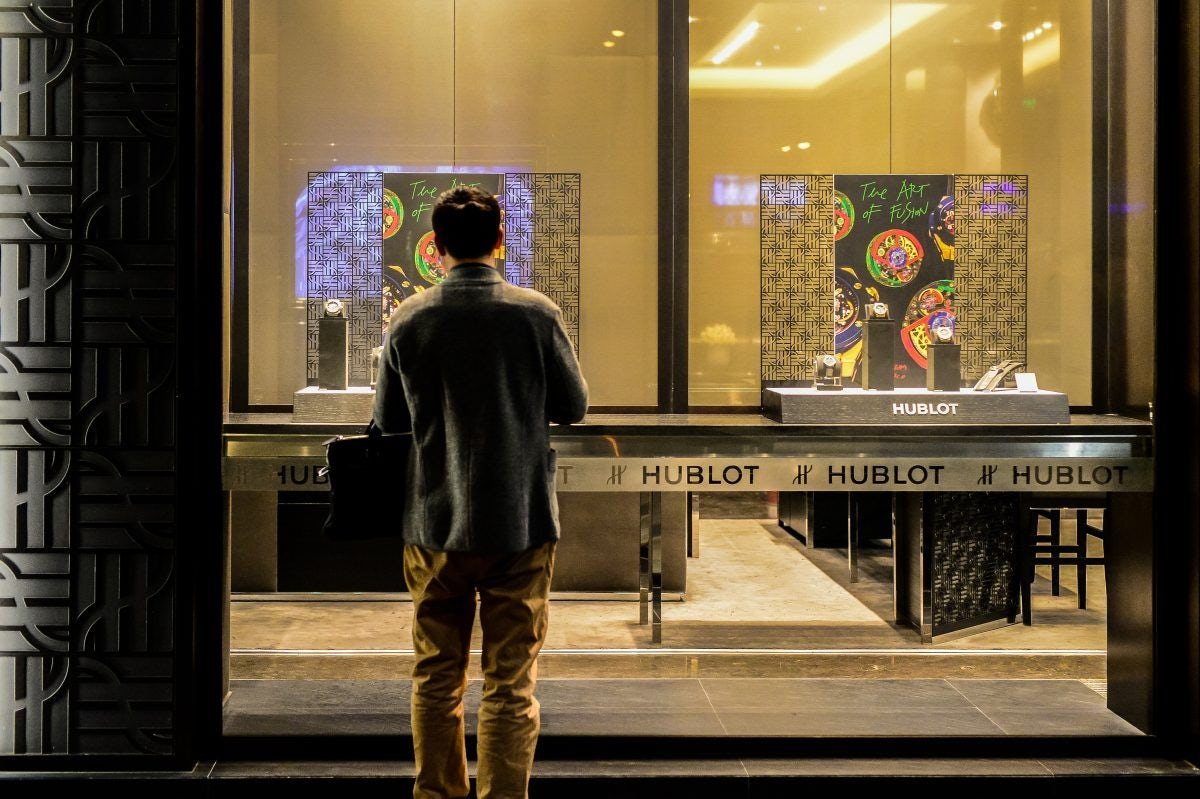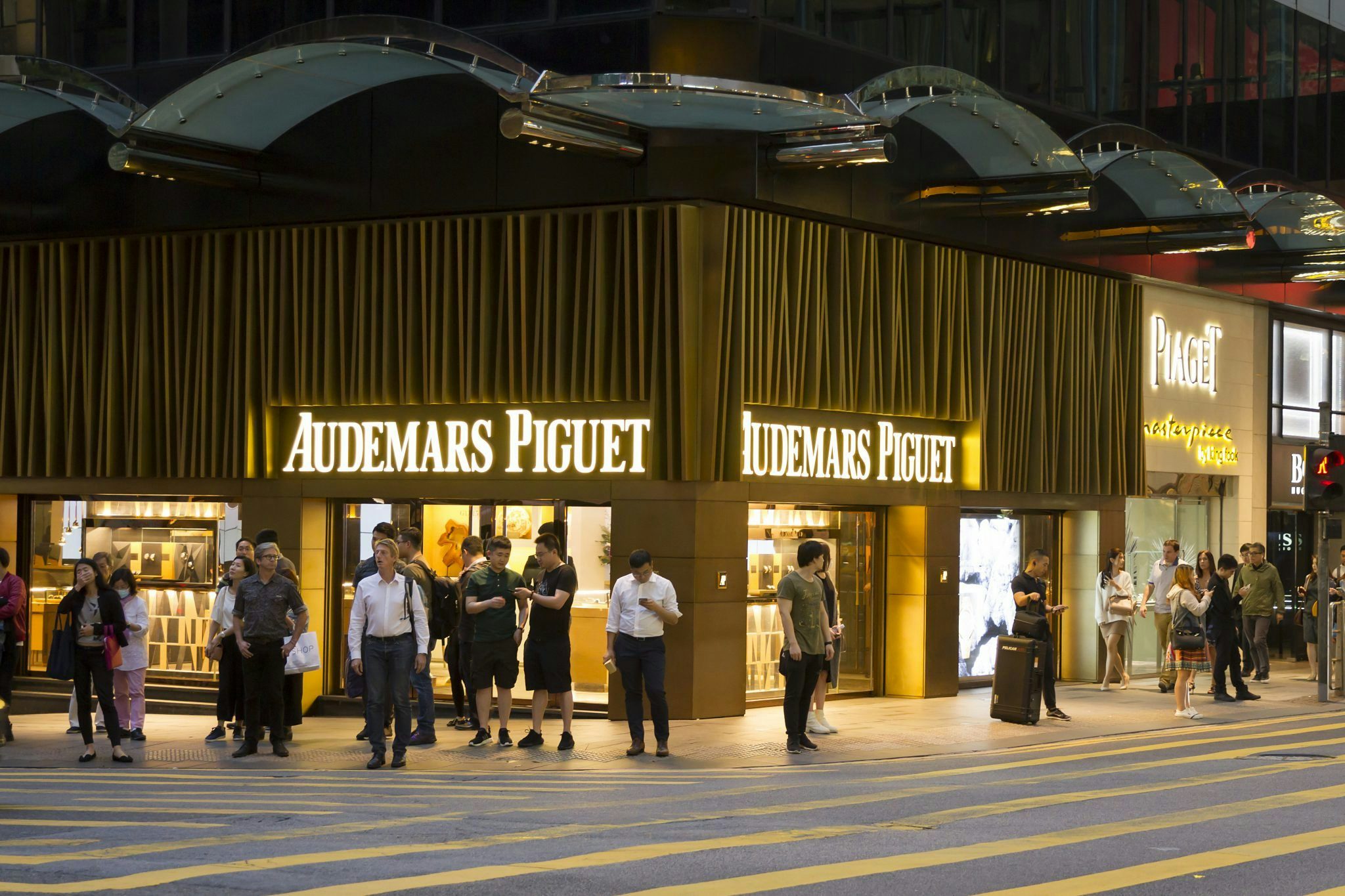In 2007, Starbucks shuttered its doors inside the Forbidden City, ostensibly restoring it to a haven exclusively for Chinese artifacts and heritage. But recent years have seen a handful of French maisons show inside the world’s most visited tourist destination. Cartier has collaborated with the Forbidden City’s Palace Museum three times since 1996.
Most recently, the French jewelry brand released a short documentary about the collaboration between Swiss artisans and Chinese horology experts to restore six antique timepieces from the Palace Museum’s collection.
Among the Chinese experts is Wang Jin, an antique clock restorer who made a name for himself in 2016 after appearing on the three-episode TV show Masters in the Forbidden City. The show introduced the Palace Museum’s collection of more than 1,000 timepieces, most of which were collected from Europe by Qing Dynasty emperors. In Cartier’s branded documentary, the movements of six of these pieces were flown to Switzerland and returned to their original state.
Working with a site that’s so revered by Chinese people helps Cartier capitalize on Chinese consumers’ cultural pride, despite being a foreign brand. As Artnet put it, “Ambitious museum-building is moving full speed ahead across China as the country carves out a place in the international museum community, actively seeking to reconnect with its ancient history and to tap into the opulence of its imperial past, serving to underscore China’s relevance and potency in the present.”
Last year, another French luxury watch and jewelry maison, Chaumet, worked with the Palace Museum to host an exhibition featuring around 300 pieces of jewelry and art dating back to the late 18th century, some of which were on loan from the Louvre and London’s Victoria and Albert Museum. Along with considerably more futuristic aid from VR and WeChat, the showcase drew connections between the ancient artworks in the Palace Museum’s collection and the brand’s contemporary craftsmanship.
It’s not only the luxury brands themselves that are taking cues from China’s prestigious museum. Late last year, pictures went viral on Chinese social media depicting luxury compacts decorated with washi tape bought at the Palace Museum’s gift shop. The images were, on the whole, well-received and sparked conversation about why so many brands lacked the insight to combine luxurious aesthetics with Chinese culture and imagery in an appealing way—something one has to look no further than Chinese New Year collections to understand.


